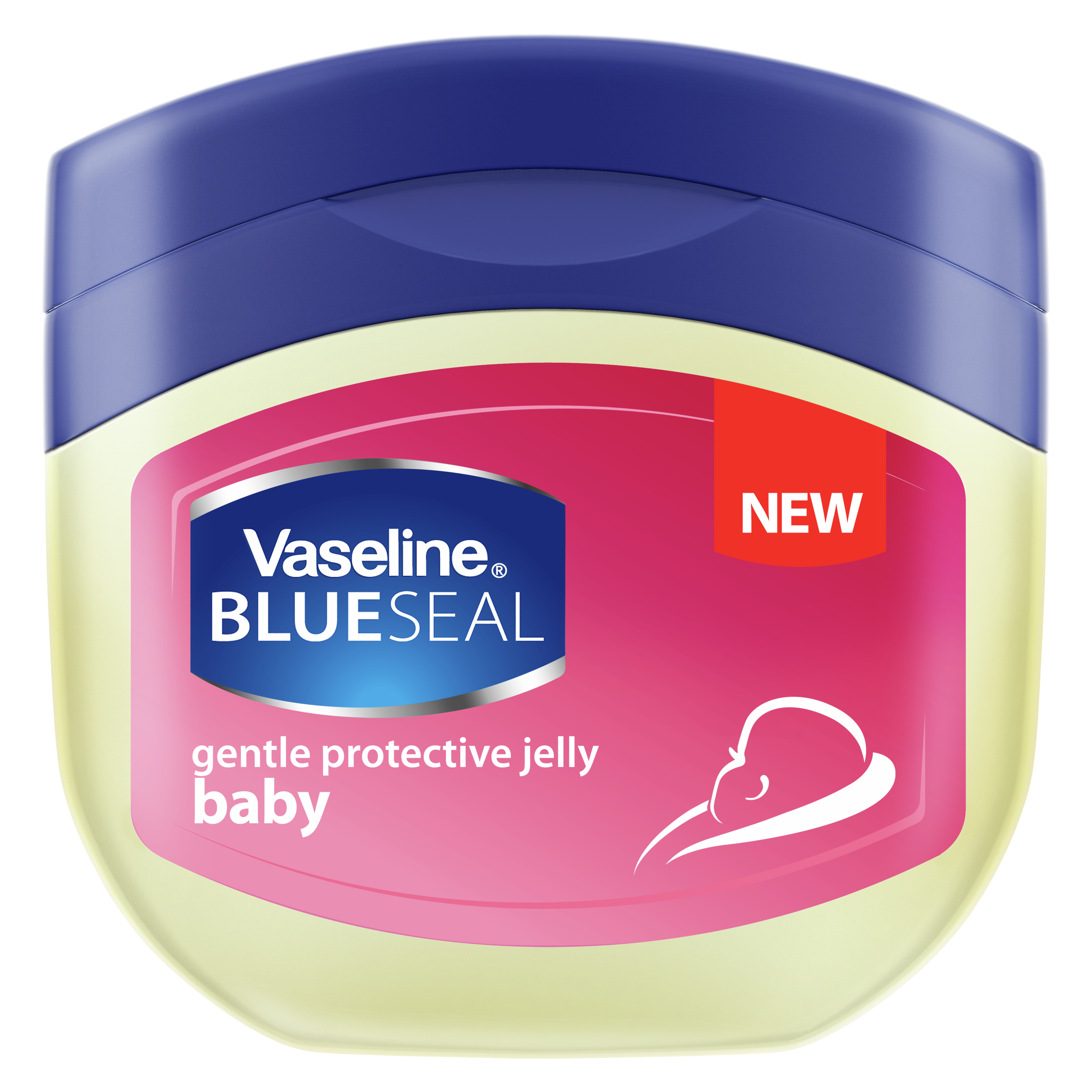Skip to content
Your skin is an incredible living, breathing organ that safeguards the precious cargo you have within your body and your skin is the tapestry that tells the story of you. But your skin is vulnerable – as are most tapestries – and scarring can occur in its story.
Different Types of Scars Defined
How do scars develop?
When cuts, abrasions, burns, or skin conditions like acne or eczema happen, the skin deploys a natural repairing sequence to the afflicted areas. However, the skin may not always be able to restore the area back to full smoothness and elasticity – what remains is a scar.
But scars are a part of life, and they’re beautiful because they’re a part of you. It’s important to wear them proud, but it’s equally vital to look after them. With a good routine, involving world-class skin health products – like those in Vaseline®’s premier range – the area of scarring can be strengthened, and moisturised, to promote healing and increase comfort.
To understand treatment, though, we need to understand the types of scars that occur – here are some of the most common:
Normal
Normal scarring to the skin can happen after injury, usually leaving a visible line where the repair has occurred.
These are scars that usually take around 2 to 3 years to flatten and become less visible, but they do not disappear entirely.
Use Vaseline®’s range of dermatologically tested moisturisers to help reduce tightness and discomfort at the scar.
Keloid
When aggressive healing takes place on the skin – perhaps after surgery – too much collagen can be produced in the area, resulting in a scar that keeps growing a short while after healing – the keloid.
This kind of scar usually manifests as a raised pink, red, or dark area above the skin.
Keloids can be relatively uncomfortable and restrict movement, especially if occurring at joints. Try Vaseline’s skin-care products enriched with ingredients like aloe and nourishing argan oil, to help soften and soothe the skin at the scar.
Read up on how you can heal your scars with the help of Vaseline.
Acne
Adolescence, or major body events, like pregnancy, can sometimes cause reactions on the skin.
The hormonal disruptions often result in a variety of skin conditions, and the most common is acne. Acne causes hot, sore skin, spots, and increases oiliness.
A number of specialised treatments can be undertaken to treat acne, and the resulting scarring that it sometimes leaves. Many, though, do much to dry out the skin even further. Vaseline’s suite of creams and lotions can help add that missing moisture back.
Learn more on how you can prevent acne scars and help skin heal in the future.
Treating Scars With Vaseline®
How to treat different types of scars?
Scars make you and your skin unique, just like your life’s journey, and your scars will be with you as you continue that journey - it’s time to look after them. And the first step to healthy scars is healthy skin, so always make sure you’re adding Vaseline’s range of skincare technologies to your beauty regime.
Here’s quick guide on how to look after your scars:
Keep It Dry
After a bath or shower, always pat your scar dry with a clean cloth or towel.
Moisturise, Moisturise, Moisturise
Reach for your favourite Vaseline Clinical Care cream or lotion and moisturise the skin around the scar. Try to do this twice a day.
The skin around your scar may be sensitive, so choose a fragrance-free product like the Vaseline® Clinical Care Advanced Repair Unfragranced Body Lotion.
Don’t Bother Your Scar
Try not to scratch or pick at the area – it’ll irritate the skin and increase discomfort. For those moments in between, when dryness and discomfort arise after scarring, choose Vaseline to soothe and protect the most vulnerable areas of your skin. View our full range of products.
Set Up Your Own Ice Cream Bar
Summertime is ice cream time – and it’s not only for kids. Instead of having the standard scoop after dinner, why not put together an ice cream bar? Set out a variety of flavours and toppings in separate bowls. Don’t forget the cones! You’ll feel as if you’ve gone out for dessert.
RELATED PRODUCTS
- slide 1
- slide 2
- slide 3
- slide 4
- slide 5
- slide 6












